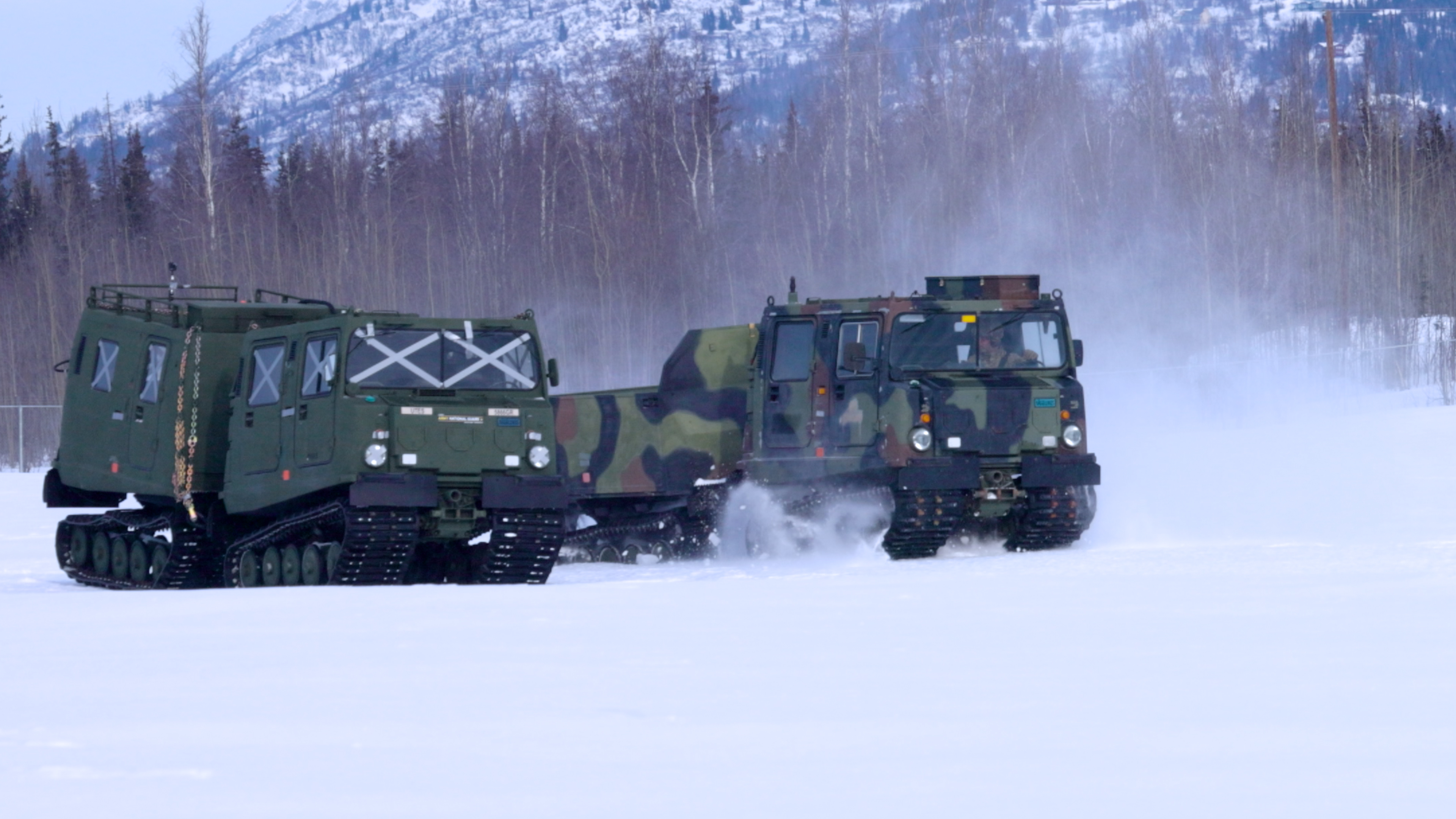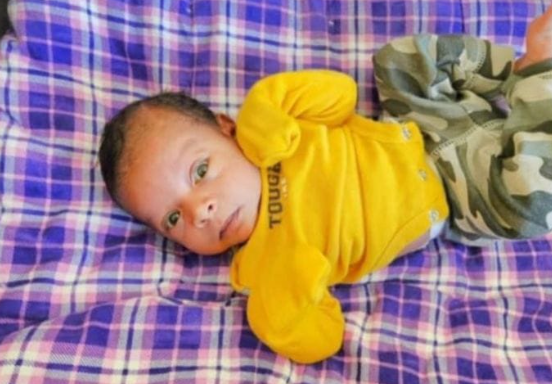In a world first, embryos have been sent to space so that scientists can study how zero-gravity affects a growing fetus.
The mouse embryos were sent to the International Space Station to be raised by astronauts, with the scientists discovering that the embryos were able to successfully develop, according to a paper in the journal iScience.
This has huge implications for the future of human space travel and how reproduction and gestation are affected by zero-g, and marks the first experiment of this kind.
"We launched frozen 2-cell stage embryos to the ISS, where astronauts thawed and cultured them, making this the first paper to successfully culture embryos for 4 days in a complete microgravity environment on the ISS," Teruhiko Wakayama, a professor at the University of Yamanashi's Advanced Biotechnology Centre and co-author of the paper, told Newsweek.

The researchers, from University of Yamanashi's Advanced Biotechnology Centre and the Japan Aerospace Space Agency (JAXA), sent the frozen mouse embryos to the ISS—orbiting at a distance of around 400 miles above the surface—via a rocket in August 2021. Astronauts aboard the ISS then thawed the embryos, which were initially at the two-cell stage and grew them for four days, around a quarter of the 20-day gestation period for a mouse, at both artificial 1-g and zero-g.
They found that they developed normally into blastocysts, which are embryos that have differentiated into two cell types: the inner cell mass (ICM) or embryoblast, and an outer layer of trophoblast cells.
"After 5-6 days of development, a mammalian fertilized embryos reaches a developmental stage called a blastocyst," Wakayama said. "The blastocyst must then implant in the uterus of the female and continue to further development, or it will die. In the case of mice, the blastocyst is reached in 5 days. We froze the 2-cell stage one day after fertilization, launched it to the ISS, thawed it there, and started culturing it, so 4 days was the maximum we could culture it."
The researchers then compared the development of the embryos with those cultured on Earth, finding that while those grown in space had a slightly lower survival rate, but were still successful at developing.
"All of the ground and space experiments (micro G and artificial 1G) used the same devices and froze embryos at the same time, which is almost all the same," Wakayama said."In the ground experiment, however, we did the thawing and culturing of embryos, while the space microgravity and space artificial 1G were both performed by the astronauts.
"Therefore, we believe that the damage done to the embryos by thawing on the ground and in space is different, and that the development to the blastocyst was higher in ground experiment (61.2) performed by us," he said.
"On the other hand, space microgravity and space artificial 1G were thawed and cultured by the same astronauts almost simultaneously. Thus, the two experiments were performed under exactly the same conditions, except with and without gravity, allowing for a rigorous comparison," he said. "Then, the embryos developed into blastocysts in space microgravity (23.6 percent) and space artificial 1G (31.1 percent) with almost the same results. In conclusion, it can be said that mammalian embryos can develop to blastocysts even without gravity."
It has long been wondered if the microgravity of space will impact the gestation of a fetus, which is a pressing question if humans are to further step toward the stars.

This study did not explore how the embryos developed post-blastocyst stage, however, which may come with a whole new swath of issues.
Wakayama previously found in 2009 that microgravity affected a fertilized egg's ability to implant in the uterus but did not affect the fertilization itself. Additionally, other experiments with pregnant rodents in space found that lack of gravity affected vestibular development during gestation—affecting the offspring's balance and equilibrium—as well as impacts on fetal musculoskeletal development.
"In this experiment, blastocysts with ICM cells split into two locations were as high as 25 percent in the space microgravity group, compared to 6-7 percent in the ground group. This result indicates that gravity does not affect the development to the blastocysts but may be important for the ICM cells that will become the fetuses to gather in one place. However, in this experiment, the number of blastocysts obtained from ISS was too small to draw any conclusions," Wakayama said.
The authors say that much more research is required into how zero-g and space environments can impact the growth of fetuses.

"In the future, we would like to freeze blastocysts on the ISS, bring them back to Earth, and transfer them into the uterus of a female to investigate whether a offspring will be born," Wakayama said. "If an offspring is born, it will be strong evidence that gravity has no effect on the early development of mammals. We would also like to launch unfertilized eggs and sperm to the ISS to find out if sperm can penetrate the egg even in microgravity and if in vitro fertilization is possible."
Do you have a tip on a science story that Newsweek should be covering? Do you have a question about embryonic development? Let us know via science@newsweek.com.
Update 11/02/23, 11:22 a.m. ET: This article was updated with comment from Teruhiko Wakayama.
Uncommon Knowledge
Newsweek is committed to challenging conventional wisdom and finding connections in the search for common ground.
Newsweek is committed to challenging conventional wisdom and finding connections in the search for common ground.
About the writer
Jess Thomson is a Newsweek Science Reporter based in London UK. Her focus is reporting on science, technology and healthcare. ... Read more
To read how Newsweek uses AI as a newsroom tool, Click here.





